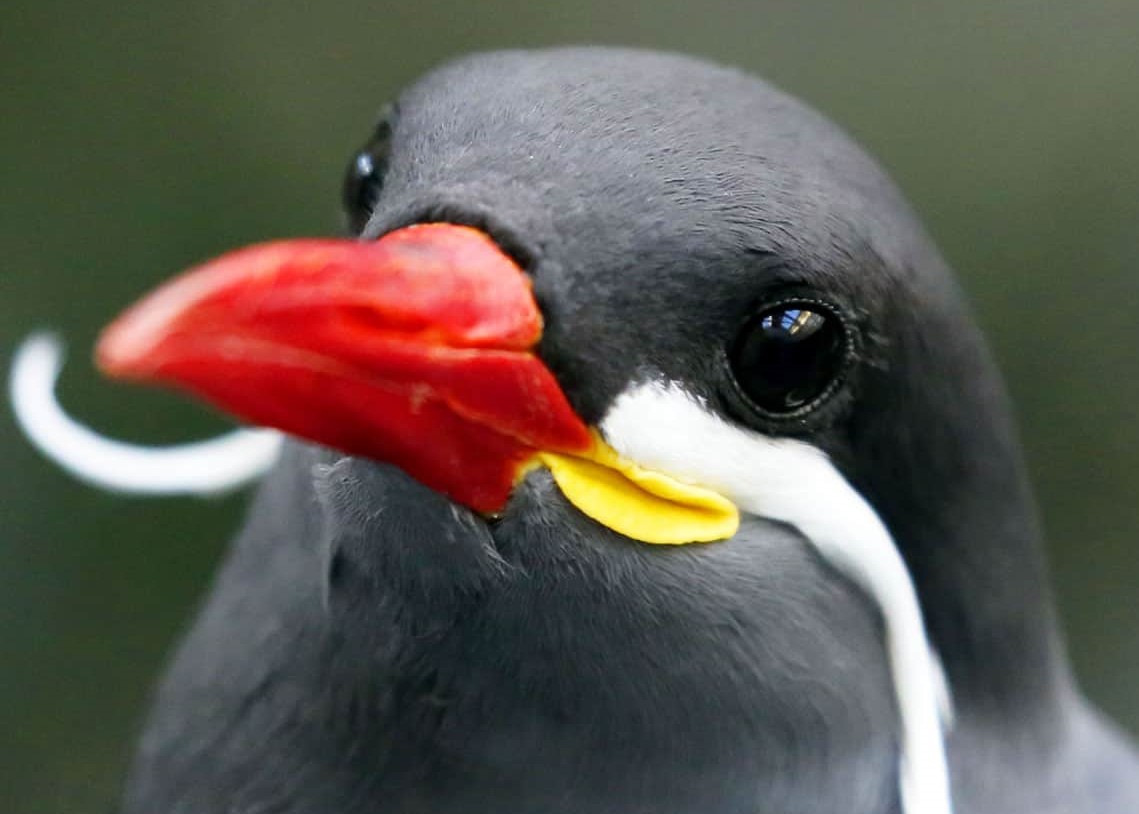Gold Stealer
Gold stealers are a species of prehensile mushroom that live in the cold, deep ocean caves of Ocearia. They are known as gold stealers as their colours confuse people into thinking they have stumbled across treasure.
Basic Information
Anatomy
Gold stealers have a long stem, which usually reaches almost to the ground below, no matter how far that is. The longest stem ever recorded was 121 metres; its stem is over 4 metres thick at the base. Their caps are small compared to the stem, less than twice the diameter of the stem. The leathery cap is a bright gold, with darker marking on which resemble coins. These markings are usually in a star shape, but at a distance they look like any coin would.
Genetics and Reproduction
Gold stealers release few spores, about once a week. Most of these spores don't root and produce new mushrooms, but those that do usually grow close to other spores or other mushrooms.
Growth Rate & Stages
Like any prehensile mushroom, gold stealers grow the cap first. As spores settle on the ceiling, they embed themselves in the rock and will sprout roots. They grow the cap first, and once the cap is fully grown they begin to grow the stem, slowly growing farther and farther, not stopping until they hit the floor.
Ecology and Habitats
Gold stealers grow in caves, where they are not preyed on by predators. They grow on the ceilings as any prehensile mushroom does, growing straight to the ground where they sometimes fuse with it and spread on the ground too. They have caused blockages in some caves, where these fungi have grown so well they closed off entire areas.
Additional Information
Uses, Products & Exploitation
Because of the similarities to coins, gold stealer caps are often harvested and used as counterfeit coins. To anyone not paying attention they appear identical, and so they are often used in the place of coins if one was too stingy with their money, or had no money to begin with. If needed, some people will even go to lengths such as painting the coins over to look more like real ones, especially dyed coins of more value, like green or blue coins. While they are occasionally successful, most people are caught and face fines and prison sentences for this crime.
Average Length
3 metres (maximum recorded 121 metres)
Geographic Distribution







Mushrooms used as fake money, I like it! By the way, there is a lot of mushrooms this worldember
If you are looking for my Worldember articles check Magic Earth or My Worldember Progress Page
There is, I just had to jump on the shroom train :P Thank you for liking the article!